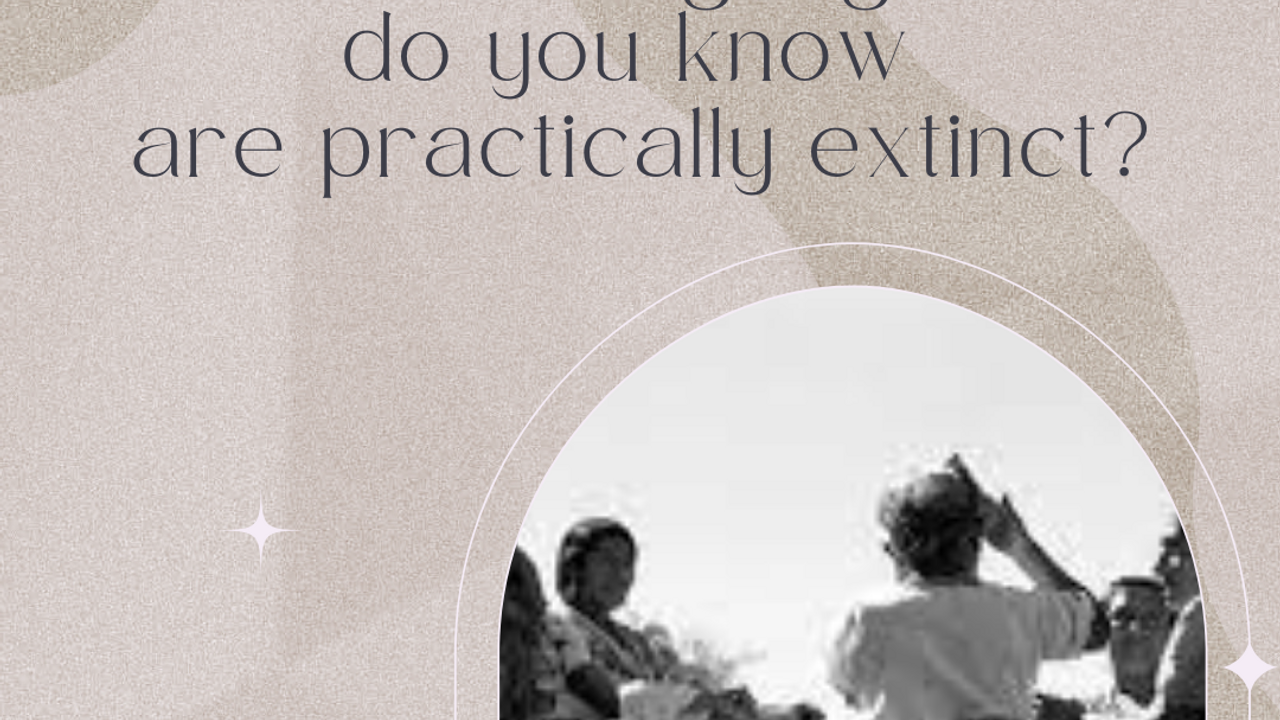
In northern Mexico, in the state of Baja California, south of California, USA, a rather small indigenous community can be found. It's the Kiliwa people, members of the Yuma family, which spans northeastern Mexico and the southwestern USA.
The Kiliwa language stands at the top of a list of about 143 Mexican languages close to disappearing. This phenomenon has been observed particularly in many Latin-American and Caribbean countries, although it has left a mark in many African and Southeast Asian countries too. Some say that one out of every five Native American communities has already forgotten their mother tongues, and the numbers are rapidly escalating.
Explanations abound when it comes to explaining why these indigenous languages are going extinct. Aside from the several political and economic factors involved in this process, people seem to have difficulties integrating into larger communities if they can only speak their native tongues. They’ve been discriminated against and they’ve missed out on many opportunities due to their incapacity to speak a more predominant language, like Spanish, English, or Portuguese. The passing down of these languages to newer generations has also been affected by the stigma that these languages are “useless” for children to learn.
Leonor Faridow Espinosa is a Kiliwa activist, one of the three remaining people that can speak this language. She has gone to great lengths to promote her Mother's tongue, and she has even published a small Kiliwa-Spanish dictionary so that children can learn the language. Unfortunately, none of her projects has been backed up by her government. Leonor also faces several challenges in her community and family life, since many parents won’t let their children learn Kiliwa. She also knows that her grandchildren would rather learn Spanish or English and that those few who actually manage to learn the language do so without great enthusiasm.
Leonor is the daughter of a Texan man and a Kiliwa woman. She was discriminated against both within and outside her own community ever since she was a child. The Kiliwa don’t believe her to truly be indigenous due to her American features, and she has been shunned from several neighboring cities after proving herself a Kiliwa speaker. She even recounts how she felt ashamed of speaking Kiliwa to her mother or her grandmother as a child. Today, even though she knows she can be discriminated against, she still harbors hope for the survival of the Kiliwa culture.
The language we speak defines us as human beings. Our thoughts, our social relations, and our interactions with the world depend on our language. Leonor understands the depth that her language can reach; she knows that it’s not just about using some special vocabulary to name things or activities—rather, she knows that behind the words lies a complete, special, and authentic way to see the world. When her grandmother passed away, she understood that despite all the rejection she had to live through, day in and day out, preserving this oral tradition is an act that will not only help preserve the memory of her community but will also help maintain and enrichen the linguistic diversity of the world. Leonor works for her dignity, for her people’s legacy, and for the greatness of humankind.
In Kiliwa, people say “maal ha’p tay” when they talk about a conversation. What conversations do you feel rising in you after having listened to this story?
References:
Practical Kiliwa dictionary: https://www.gob.mx/cms/uploads/attachment/file/37196/diccionario_kiliwa.pdf
LUAN, starting conversations.
—------–
Want to take a trip? Dive into LUAN and spend some time there. Collective exhibition, Courses, Podcast, YouTube Channel, Telegram Channel, Website. Explore beauty and reflection content that builds on community connections and emotional openness. We will not disappoint.

